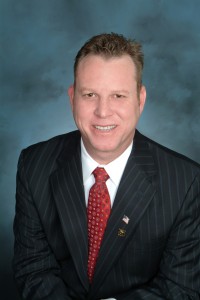Apr 4
2014
For Practices, Bridging the Health IT Technology Gap Does Not Mean Starting From Scratch

Given the recent focus on the value of health IT (HIMSS recently asked those of us covering the space to respond to its importance; you can see my response here: HIMSS Asks: What is the Value of Health IT?), the topic remains an intriguing one. With ever-present changes to the landscape, we’re in the midst of major and continual upheaval about how technology can serve, yet improve care quality and outcomes.
The use of electronic health records, for example, continues to permeate the space. But even as pervasive as the technology is — during 2006 through 2013, the percentage of physicians using any EHR system increased 168 percent, from 29.2 percent in 2006 to 78.4 percent in 2013, according to the CDC. Nearly half of physicians (48.1 percent) were said the be using the more comprehensive “basic system” by 2013, up from 10.5 percent from 2006, but that doesn’t mean the solutions are completely meeting the needs of physicians.
That said, I asked Sean Morris, director of sales for Digitech Systems, for some perspective. He’s worked in health IT for more than 20 years. He agrees with me, that penetration of EHRs remains less than 50 percent. Even so, as physicians have moved aggressively toward the technology, in large part because of meaningful use, not all of the systems that have been deployed are working as expected.
“EHRs were the new shiny thing and everybody wanted to chase after them,” Morris said. “But issues came up as people began to evaluate and use the technology. They discovered that there’s really no bridge from the information stored in EHRs charts and other records outside the EHR. They need to bring it together without killing their practice.”
As the age of EHRs begins to fade past its prime and as practices begin to evaluate second generation solutions, Morris said history is likely going to repeat itself unless practices begin to deploy solutions that help them use all of the data stored in the records.
Morris said that in many cases, current EHRs don’t actually need to be replaced, rather built upon.